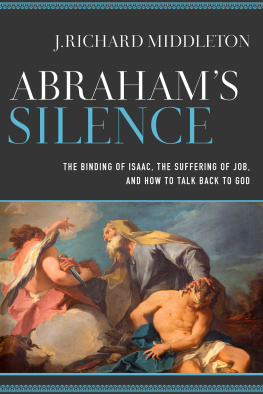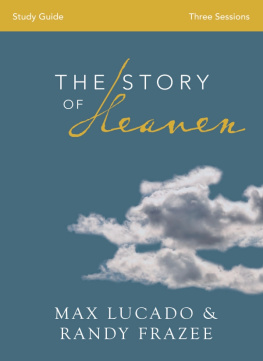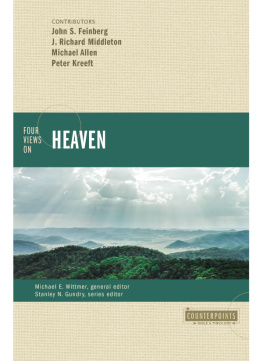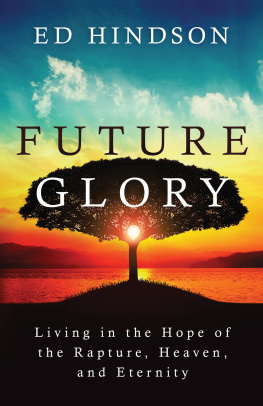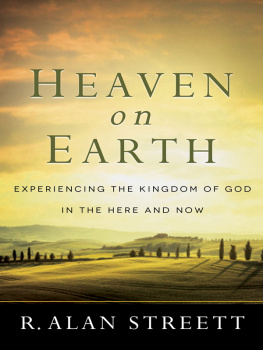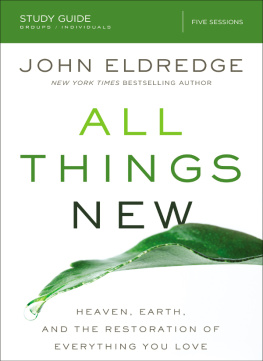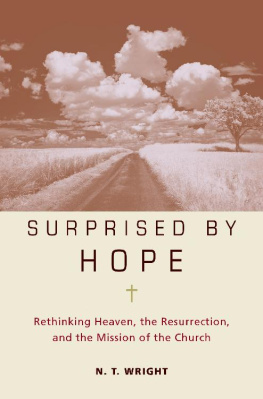
2014 by J. Richard Middleton
Published by Baker Academic
a division of Baker Publishing Group
P.O. Box 6287, Grand Rapids, MI 49516-6287
www . bakeracademic . com
Ebook edition created 2014
All rights reserved. No part of this publication may be reproduced, stored in a retrieval system, or transmitted in any form or by any meansfor example, electronic, photocopy, recordingwithout the prior written permission of the publisher. The only exception is brief quotations in printed reviews.
Library of Congress Cataloging-in-Publication Data is on file at the Library of Congress, Washington, DC.
ISBN 978-1-4412-4138-2
Scripture quotations are from the New Revised Standard Version of the Bible, copyright 1989, by the Division of Christian Education of the National Council of the Churches of Christ in the United States of America. Used by permission. All rights reserved.
This volume is a superb theological examination of a key biblical theme that is all too often neglected in academic circles. Ranging widely across Old Testament and New Testament texts, with careful attention to the history of Christian interpretation on this issue, Middleton presents a very thoughtful treatment that deserves wide attention.
Terence E. Fretheim , Luther Seminary
Rooted in Scripture, chock-full of insight, clearly and fetchingly written, A New Heaven and a New Earth winsomely presents the biblical story of holistic salvation. Over against the all-too-common eschatology of heavenly rapture and earthly destruction, Richard Middletons new book reclaims the scriptural vision of cosmic renewal. In a time when the Bible is often used to justify ecological degradation, since (it is argued) the earth will in the eschaton be burned up to nothing, A New Heaven and a New Earth could not be more timely. Simply put, this sorely needed volume is the best book of its kind. May it find a great multitude of readers.
Steven Bouma-Prediger , Hope College; author of For the Beauty of the Earth
Richard Middleton is talking about a revolution! Why should Christians settle for the anemic goal of eternity spent in heaven when the Bibles robust vision is one of a resurrected humanity on the new earth? Set your imagination free from the chains of other-worldly dualism and enter into the brilliant and fascinating world of the biblical story, where the vision of all things redeemed breathes new life into our discipleship.
Sylvia Keesmaat , Trinity College, University of Toronto
A New Heaven and a New Earth is a very fineIm inclined to say magnificentexample of sound biblical scholarship based on decades of intense and careful scholarship and sustained by an integral theological vision which honors biblical authority. It delivers a strong blow to the long and powerful influence of an otherworldly Platonism on the Christian eschatological imagination and celebrates Gods commitment to an integral and comprehensive restoration of the creation, including all its earthly and cultural dimensions.
Al Wolters , Redeemer University College, Ancaster, Ontario
Martin Buber once reconceived the exclusionary distinction between the holy and the unholy as the potentially inclusionary distinction between the holy and the not-yet-holy. In a similar vein, Richard Middleton, on solid biblical grounds, reenvisions this present world, in all its ambiguity, as the not-yet-new-heaven-and-new-earth of Gods redemptive purpose. The upshot is a radical reorientation of human hope and an exhilarating call to participate in Gods work for the redemptive transformation of this world. I wish I had read this book sixty years ago; it would have made a world of difference in my life. Yet even at this date, it enables me to reread my past, and live toward my future, in a new light.
J. Gerald Janzen , Christian Theological Seminary, Indianapolis, Indiana
To Marcia,
my faithful friend and partner in the journey of life
Contents
Cover
Title Page
Copyright Page
Endorsements
Dedication
List of Illustrations
Preface: How I Came to Write This Book
1. Introduction: The Problem of Otherworldly Hope
Part 1 From Creation to Eschaton
2. Why Are We Here? Being Human as Sacred Calling
3. The Plot of the Biblical Story
Part 2 Holistic Salvation in the Old Testament
4. The Exodus as Paradigm of Salvation
5. Earthly Flourishing in Law, Wisdom, and Prophecy
6. The Coming of God in Judgment and Salvation
Part 3 The New Testaments Vision of Cosmic Renewal
7. Resurrection and the Restoration of Rule
8. The Redemption of All Things
Part 4 Problem Texts for Holistic Eschatology
9. Cosmic Destruction at Christs Return?
Part 5 The Ethics of the Kingdom
11. The Good News at Nazareth
12. The Challenge of the Kingdom
Appendix: Whatever Happened to the New Earth?
Subject Index
Scripture Index
Notes
Back Cover
Illustrations
Figures
2.1. Kings Mediating Divine Power and Presence
2.2. Humans Mediating Gods Power and Presence
3.1. Categories for Plot Analysis
3.2. The Plot Structure of the Biblical Story
Tables
8.1. The Comprehensive Scope of Salvation
10.1. Preparation in Heaven (Present) for Revelation on Earth (Future)
11.1. Comparison of Isaiah 61:12 with Luke 4:1819
12.1. The Nazareth Manifesto and Luke 7:22 Compared
12.2. The Dangers of Combining Two Types of Dualism
Preface
How I Came to Write This Book
I moved from Jamaica to Canada at the age of twenty-two, after completing an undergraduate degree in theology at the Jamaica Theological Seminary. During graduate studies in Canada (while pursuing an MA in philosophy at the University of Guelph) I coauthored a book with my friend Brian Walsh on developing a Christian worldview, titled The Transforming Vision . This book was one of the first works in the relatively recent genre of Christian worldview studies that proposed a holistic vision of salvation, with an emphasis on the need to live out full-orbed Christian discipleship in the contemporary world. The book not only advocated a holistic worldview, without a sacred/secular split, but also explicitly grounded this worldview in the biblical teaching of the redemption of creation, including both the physical cosmos and human culture and society.
When Brian Walsh and I wrote The Transforming Vision , this holistic emphasis was not an entirely new insight for either of us. We had been students together some years before at the Institute for Christian Studies in Toronto, an interdisciplinary graduate school that grounded its integrative vision of faith and learning in the biblical teaching of the redemption of the cosmos.
Tracking a Worldview Shift
What led to this worldview shift? First of all, there was the basic logic of the Christian faith. It just made sense that the God of love whom I had come to know in Jesus Christ would want to rescue and redeem the world he madea world deeply affected by human sin and corruptionrather than trashing it in favor of some other, immaterial realm or place. After all, Gods plan was to redeem humanity; why then would God give up on the earthly environment in which he originally placed us?
I remember once, on a climbing trip to Blue Mountain Peak, the highest point on the island, watching a breathtaking sunrise at 7,500 feet above sea level. After some minutes of silence, my friend Junior commented wistfully, This is so beautiful; its such a shame that it will all be destroyed some day. I still remember the dawning awareness: I dont think it will be . It did not make sense to me that the beauty and wonder of earthly life, which I was coming to embrace joyfully as part of my growing Christian faith, could be disconnected from Gods ultimate purposes of salvation.


